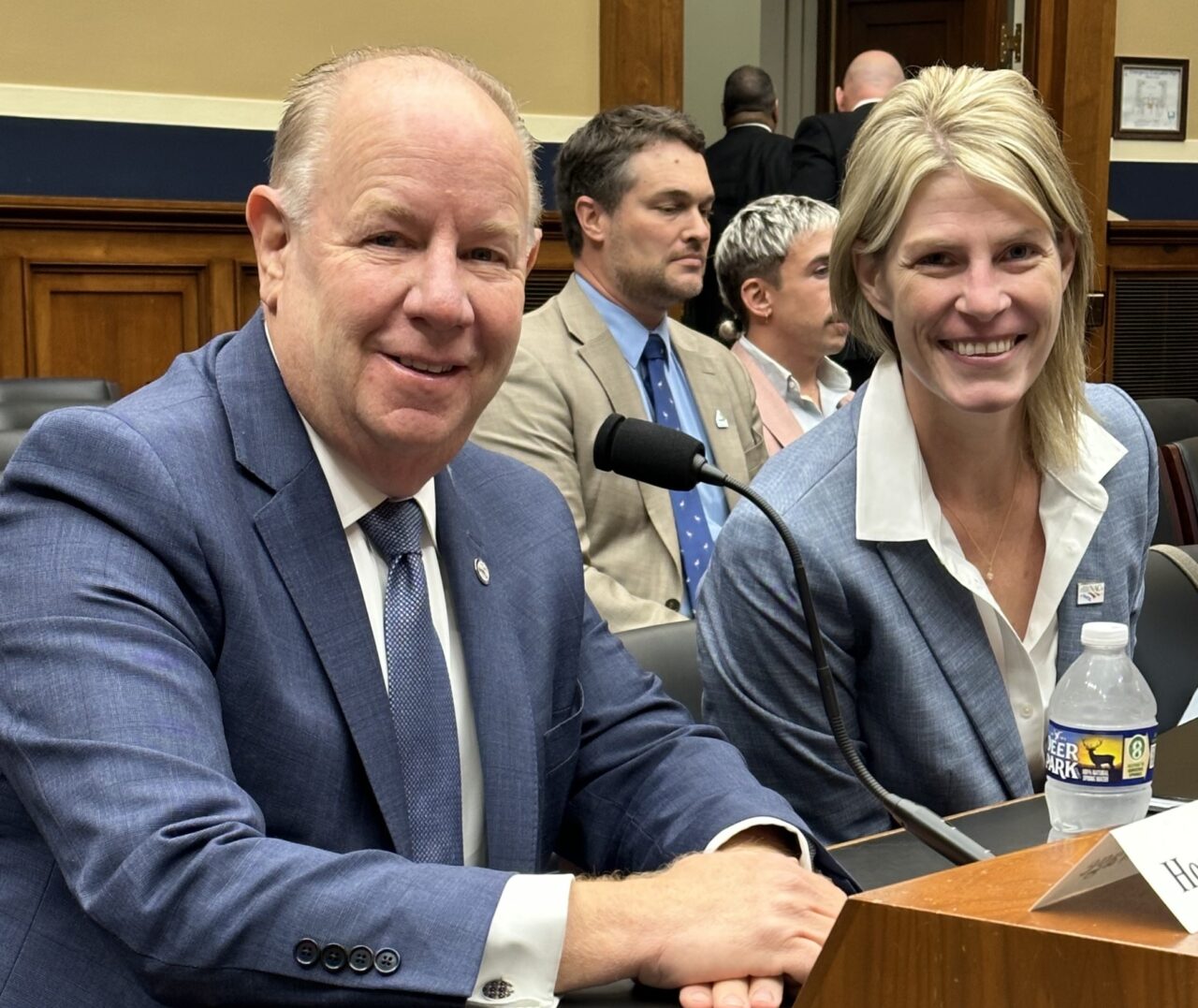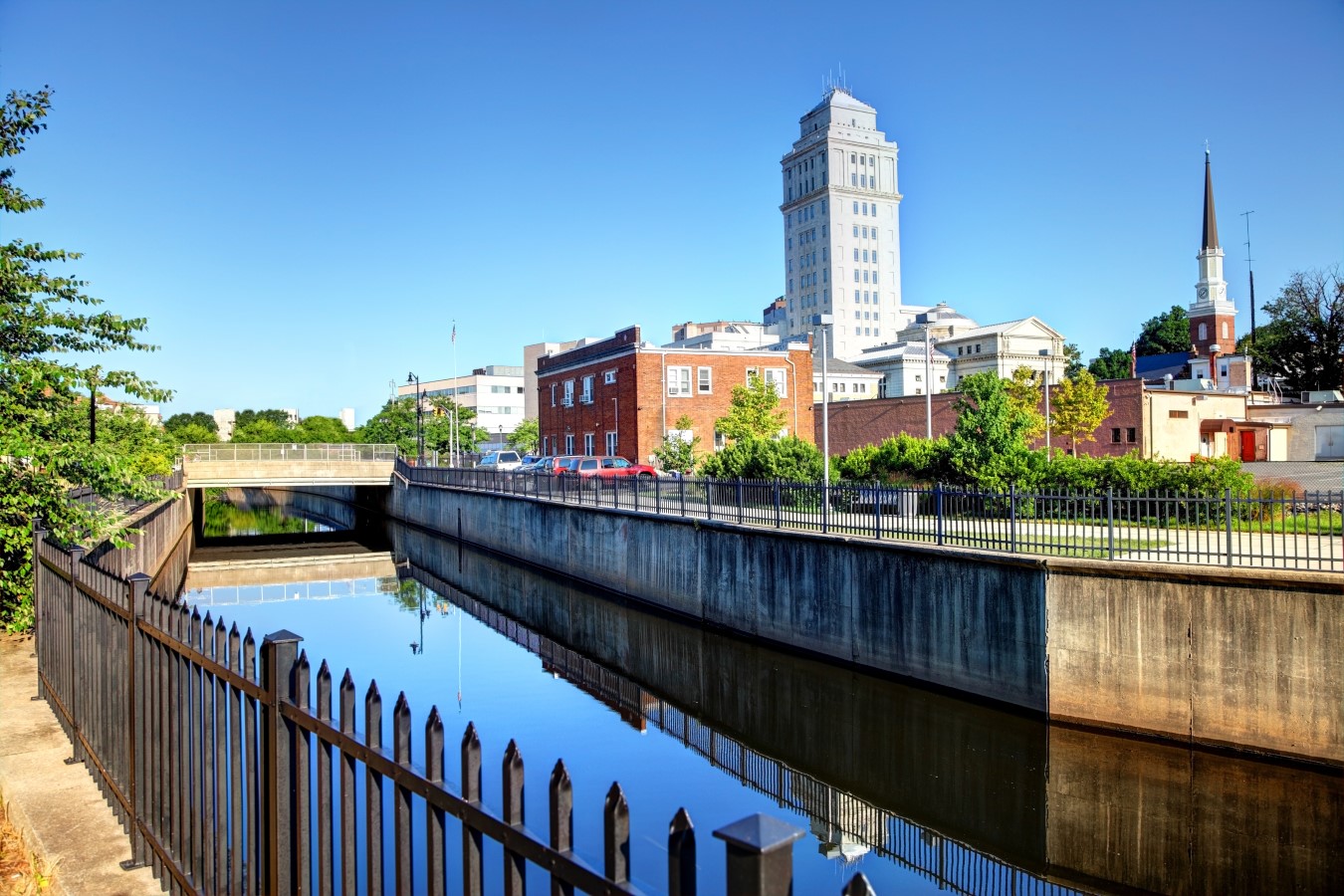By: J. Christian Bollwage, Mayor of Elizabeth, New Jersey, a Past President of the New Jersey State League of Municipalities and Chair of the U.S. Conference of Mayors Brownfields Taskforce
As so many issues are divided along party lines in Congress, last week’s hearing on the reauthorization of the U.S. Environmental Protection Agency’s Brownfields Program was a refreshing show of bipartisanship.
I had the opportunity to testify before the House Energy and Commerce Subcommittee on Environment, Manufacturing and Critical Materials in support of the program. On behalf of the U.S. Conference of Mayors (USCM) and the National League of Cities (NLC), I shared how my city Elizabeth, New Jersey, has undertaken several brownfields redevelopment projects that have transformed the community.
For city leaders, brownfields sites represent unrealized potential – an opportunity to create jobs, revitalize neighborhoods, increase the tax base as well as reuse and enhance already existing infrastructure in a more sustainable manner.
“EPA’s Brownfields Program is critical to the cleanup and redevelopment of Brownfield sites across the country. By utilizing existing space and infrastructure, this program has taken development pressure off undeveloped land, helped increase local tax bases, and, most importantly, created jobs in communities across the country.”
Committee Chair Cathy McMorris Rodgers (R-WA) and Subcommittee Chair Bill Johnson (R-OH)
Brownfields Redevelopment in Elizabeth, New Jersey
Historically, Elizabeth’s commerce depended heavily on its position as a port city. Most businesses that were located close to and along the waterfront focused on and complimented the shipping industry, supplying additional services such as the transportation and storage of goods. Re-imagining Elizabeth’s waterfront has included the creation of market-rate and affordable housing.

Additionally, in 1999 the city transformed a former landfill into a thriving shopping experience, including new nearby restaurants and hotels. Today, The Mills at Jersey Gardens features a 4.8-megawatt rooftop solar system, which generates enough power for 564 homes.
The area surrounding our Midtown train station, which includes additional brownfields properties, has also begun the revitalization process. New housing, retail and offices will complement a modern train station and provide new services for residents, commuters and visitors.
Bipartisan Support for the Brownfields Program
“EPA’s Brownfields Program is critical to the cleanup and redevelopment of Brownfield sites across the country. By utilizing existing space and infrastructure, this program has taken development pressure off undeveloped land, helped increase local tax bases, and, most importantly, created jobs in communities across the country,” said Committee Chair Cathy McMorris Rodgers (R-WA) and Subcommittee Chair Bill Johnson (R-OH).
Representing the National Association of Counties, Tammy Tincher, President of the County Commission in Greenbrier County, West Virginia shared a similar story of brownfields redevelopment and revitalization. The Brownfields Program supported the redevelopment and renovation process of a former elementary school in the county, which now includes an early learning childcare center, a new medical clinic and senior and low-income housing.
“We know the Brownfields Program is an incredible investment of federal dollars. It enables local governments to support environmental and economic revitalization by turning a liability into an opportunity.”
Subcommittee Ranking Member Paul Tonko (D-NY)
Members of the subcommittee highlighted the brownfields successes in their own communities, such as the University District in Spokane, Washington, which supports the billion-dollar Intermountain Northwest health sciences sector, and the Georgia Sea Turtle Center at Jekyll Island, Georgia, which use to be a coal-fired power plant and now is a center for rehabilitating sea turtles, research and education.
These examples demonstrate how brownfields redevelopment can bring new life to a community and create new opportunities for all residents. The Brownfields Program is one of the most useful and effective federal programs for helping to revitalize America’s communities by putting abandoned or blighted property back to productive use.
“Over the last 20 years, the Brownfields Program has been an economic engine for local government and communities looking to turn former contaminated sites into economic centers and green spaces.”
Committee Ranking Member Frank Pallone Jr. (D-NJ)
Recent Improvements to the Brownfields Program
Many of these successes were made possible by the changes to the Brownfields Program that were enacted in the 2018 reauthorization, which local leaders and our associations strongly advocated.
Among these improvements, two are particularly key to helping local governments redevelop larger, more complex brownfields sites:
- Creation of a multi-purpose grant, and
- Increasing the cap on the cleanup grant amount.
Additionally, the last brownfields reauthorization provided more certainty for governmental entities by addressing the liability concerns for the voluntary or involuntary acquisition of property.
While the 2018 reauthorization maintained the original authorization level of $250 million annually, the bipartisan Infrastructure Investment and Jobs (IIJA) Act of 2021 provided a significant boost in funding with $1.5 billion over five years, which will be extremely beneficial in funding a larger number of worthwhile projects.
The IIJA also authorized higher grant amounts for all of the categories of brownfields grants: cleanup grants (up to $5 million); multipurpose, assessment and revolving loan fund grants (up to $10 million each); and job training grants (up to $1 million). We are hopeful that EPA will seize this opportunity to explore how higher dollar amounts can be utilized and assist in redeveloping some of the more difficult brownfield sites back into productive pieces of property.
Next Steps for Local Leaders
As Congress looks toward the next reauthorization, I was honored to represent USCM and NLC to share some local government priorities for consideration. Chief among them is higher overall authorization and appropriation levels, as well as higher per-grant amounts that were included in IIJA, especially for the cleanup and multi-purpose grants.
We look forward to working with House and Senate leaders on the next brownfields reauthorization bill.
The Brownfields Program is one that every member of Congress should be proud to support. It has a proven track record of creating jobs, cleaning up contamination and protecting public health. It is a win-win-win: for our local governments, our environment and our economy.
In the House, two committees share jurisdiction over the Brownfields Program – the Energy and Commerce Committee and the Transportation and Infrastructure Committee. In the Senate, the Environment and Public Works Committee has sole jurisdiction. Local leaders are encouraged to share their brownfields redevelopment and revitalization success stories with their members of Congress.
EPA is soliciting applications through Nov. 13 for Brownfields multipurpose grants, assessment grants and cleanup grants. Local leaders can learn more here.
